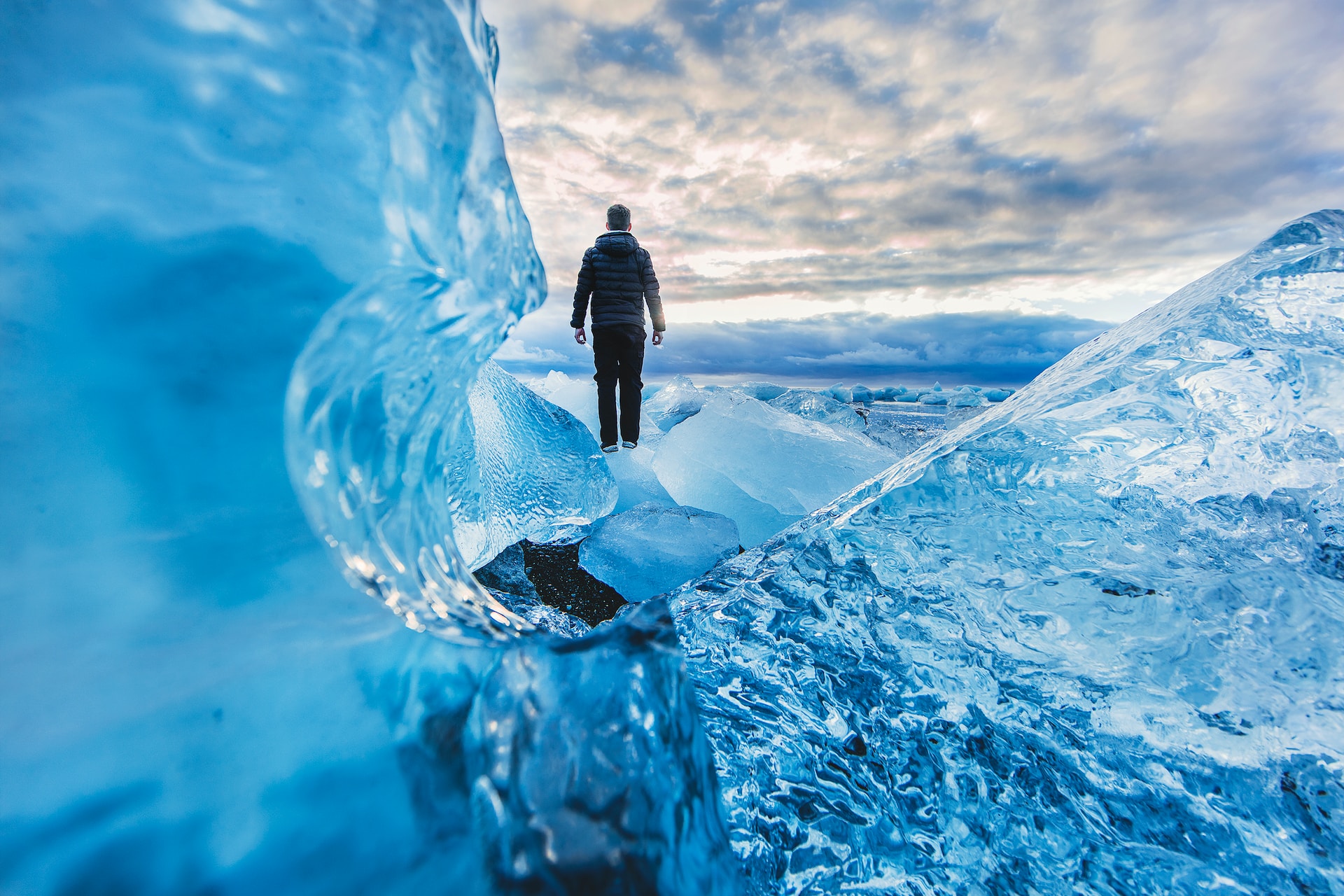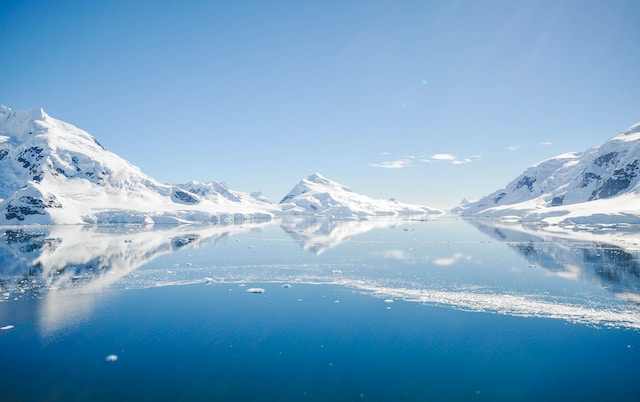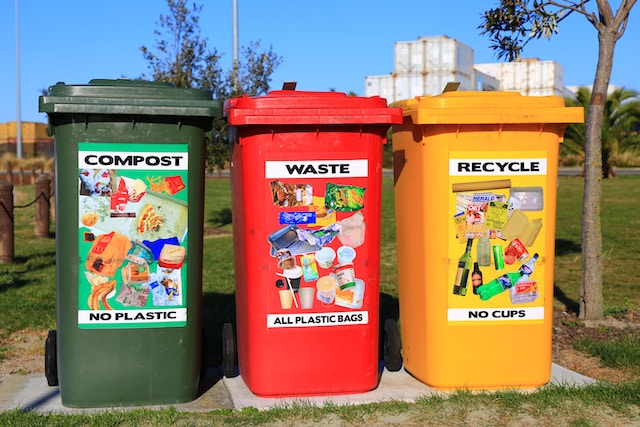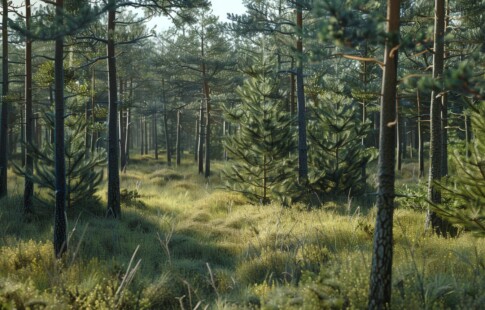
When Is the Next Ice Age?
We are reader-supported. When you buy through links on our site, we may earn affiliate commission.
When you think of an Ice Age, you might think of wooly mammoths, sabertooth cats, a world covered in white or a series of Blue Sky animated films. It might also seem like an event that happened long ago that we no longer need to worry about. However, that is far from the case. Ice ages are cyclical. When is the next ice age? Here’s what to know.
History of Ice Ages on Earth
Ice ages contain two cyclical periods within them: glacial and interglacial. Glacial periods are what many people imagine when they think of an ice age–glaciers covering the earth. Interglacial periods are warmer, though still contain glaciers, which are not present without an ice age.
There have been at least five major ice ages since the beginning of time, with the earliest beginning more than two billion years ago.
- Huronian: The first known ice age period. It was actually a series of smaller ice ages. Glaciers covered the continents.
- Cryogenian: An ice age that began more than 700 million years ago. It’s characterized as the reason for the breaking up of the Rodinia supercontinent.
- Andean-Saharan: This ice age had heavy glacial periods.
- late Paleozoic: Also called the Paleozoic Ice House, large sheets of ice covered portions of the planet.
- Quaternary: The most recent Ice Age classified by continental erosion and lake formation.
As long as Earth exists, there will likely continue to be ice ages as part of the natural fluctuation of global temperatures.

When is the Next Ice Age?
That’s actually a trick question because we’re actually still in one.
It’s hard to believe when you look at the ever increasing impacts of human-caused climate change but we remain in an ice age that began around three million years ago. The glaciation period peaked around 20,000 years ago and we entered into a warm interglacial period around 11,000 years ago.
We live in the Quaternary Ice Age. During its peak, global temperatures were an average of ten degrees colder than they are now. The next glacial period isn’t predicted for several thousand years.
Impacts of the Current Ice Age
Much has happened since the start of our current ice age, including the formation of many of the lakes that are the rivers we know today. Glaciers are a definitive part of identifying an ice age and Antarctica remains the main glacial sheet keeping us in the Quaternary.
It’s safe to say that without the current ice age, human history would look incredibly different, from geographical differences to what we eat and drink. The earth’s temperature controls much about how we grow and develop.
No ice age means that no ice would cover the earth, increasing water levels and contributing to different evolutionary patterns. Warmer temperatures will change how humans developed food preservation and warded off illness. Without ice, it’s unlikely that engineers would ever create refrigeration systems or air conditioning units.
Within our current ice age was the Little Ice Age, which happened in the 1300s. It’s credited as one of the driving forces for the transition between the cultures of The Middle Ages and modern society. Cooler temperatures impacted economic, industrial and social development forcing changes in how people lived.

What Causes An Ice Age?
The appearance and disappearance of glacial and interglacial periods is still somewhat a mystery in the scientific community. There is not a clear consensus on the exact trigger but there is evidence that the following impacts the appearance or disappearance of an ice age.
- The Sun: Periods of lower solar activity send less heat to the planet, which can cool temperatures.
- Earth’s Orbit: When the planet’s Milankovitch cycles (orbit pattern) change, Earth moves closer or further away from the sun, impacting its temperature.
- Volcanic Eruptions: Eruptions can emit large amounts of carbon dioxide into the atmosphere, amplifying the greenhouse gas effect.
- Ocean Currents: As currents change, an increase in water concentration can lead to glacier formation.
- Atmospheric Carbon Levels: Low-levels of carbon dioxide in the air allows the world to cool, while high levels can increase heat.
Some may wonder if these events contribute to changing global temperatures, should we really worry about climate change?

Human-Caused Climate Change and the Quaternary Ice Age
Yes, we should worry about how climate change impacts the current ice age.
Volcanic activity used to be the main source of carbon dioxide emissions into the atmosphere, contributing to the appearance and disappearance of glacial and interglacial periods. The resulting greenhouse effect can move the planet into and out of an ice age. However, humans are manipulating the natural processes, which could have devastating effects for us and the many other species that call the planet home.
Since the Little Ice Age, industry boomed. Single-use products began sitting in landfills at a staggering rate, releasing carbon into the atmosphere. Emissions from vehicles and factories create a cloud that poisons the ozone layer and nonrenewable energy sources also create carbon as a byproduct of their use. While trees can remove some of the carbon, mass deforestation is causing them to have less of an impact.
From 1981 to 2021, the rate of global warming more than doubled– and we can thank ourselves for that. We’re noticing more severe weather, the devastation of ecosystems, worsening public health and food scarcity. While exciting the ice age should be a gradual process over the next several thousand years, inaction could lead to a more extreme, tragic change.
The good news is it’s not too late to slow the rate of temperature change.

How to Combat Climate Change
As global efforts such as government policies and technological collaborations work to significantly decrease climate change, small efforts from individual households can aid the fight.
Minimizing the use of nonrecyclable materials, using nontoxic cleaning products, investing in renewable energy sources–such as solar and hydroelectric–and working to conserve energy and water can lessen your carbon footprint.
When each of us billions of humans make conscious efforts to keep trash out of landfills and minimize the direct emissions we contribute to, it will make an incredible difference. Changing society is typically a marathon but the urgency of global climate change is making it a sprint.
Embracing the Ice Age
Living in an ice age might seem strange with all the discourse around global warming. However, remaining in an ice age is a driving force in making efforts to reduce human-caused climate change and create a healthier planet.
Share on
Like what you read? Join other Environment.co readers!
Get the latest updates on our planet by subscribing to the Environment.co newsletter!
About the author
Rachel Lark
Rachel serves as the Assistant Editor of Environment.co. A true foodie and activist at heart, she loves covering topics ranging from veganism to off grid living.




